Today we’re going to introduce you to a brilliant woman whose contributions in both world wars of the twentieth-century ensured Allied victories. After World War II, her efforts were shoved aside, and others took the credit while her extraordinary skills were, and this is putting it mildly, underutilized. However, in today’s world when we bemoan the lack of women in the field of writing code, a century ago, Elizebeth Smith Friedman was a ground-breaking cryptanalyst or, codebreaker. In other words, she did the complete opposite of writing code ⏤she broke it.
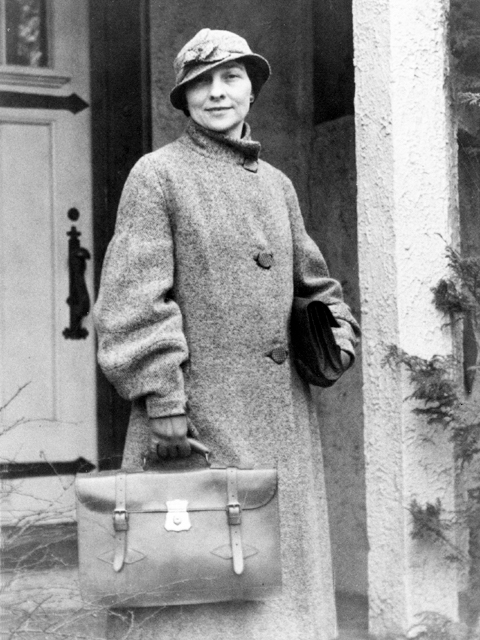
Did You Know?
Did you know that the Japanese had an encryption machine similar to the Nazi’s enigma machine? The Allies called it the “Purple Encryption Machine.” After the Japanese learned that the Americans had broken their code in 1936, they developed a new system to encipher their messages. The Japanese called their new machine the “97 Alphabetical Typewriter” or, better known to the American spy organizations as “Purple.” It was made up of two typewriters with an electrical rotor system and a 25-character alphabetic switchboard. The machine was actually an improvement over the Nazi enigma machine. Without going into a lot of technical stuff (because I don’t understand it), suffice it to say, “Purple” was extremely difficult to crack. The U.S. Army hired William Friedman in 1939 to break the “Purple” code. It took Friedman and his team almost three years to fully decipher “Purple.” In the process, Friedman had a mental breakdown and was hospitalized. Despite never having seen an actual “Purple” machine, Friedman’s team was able to reconstruct one and produced eight functional replicas. Two years into the war, the Allies were able to track the Japanese navy’s movements as well as other military communications. Friedman had cracked enough of the “Purple” code by 1941 to learn the Japanese would attack Pearl Harbor. Unfortunately, this knowledge was never used.
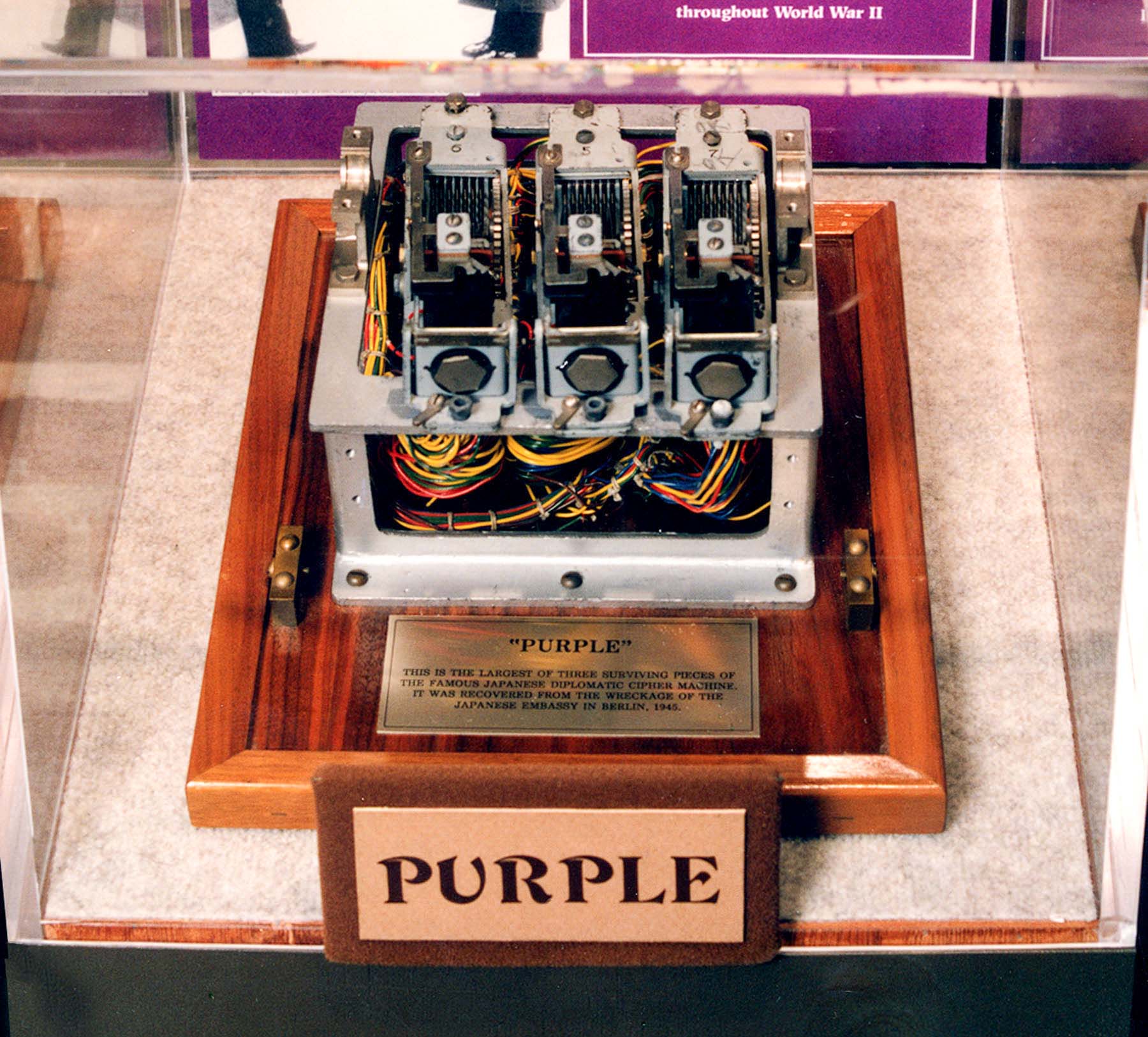
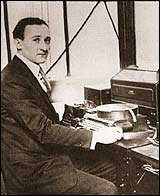
Let’s Meet Elizebeth Smith Friedman
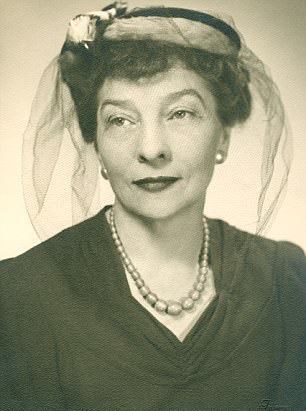
Elizebeth Smith (1892-1980) was one of ten children born into an Indiana Quaker family. She attended Wooster College (Ohio) but transferred to Hillsdale College (Michigan) in 1913. Elizebeth joined the Pi Beta Phi (“Pi Phi”) sorority and graduated in 1915 with a degree in English literature (a favorite author was Shakespeare). After moving back to her parent’s home and a stint in the public-school system, Elizebeth was asked to join Riverbank Laboratories which was owned by Colonel George Fabyan (1867-1936). It seems the Colonel Fabyan and Elizebeth shared a common interest in Shakespeare and he wanted her to help prove his theory that Sir Francis Bacon had written Shakespeare’s plays.
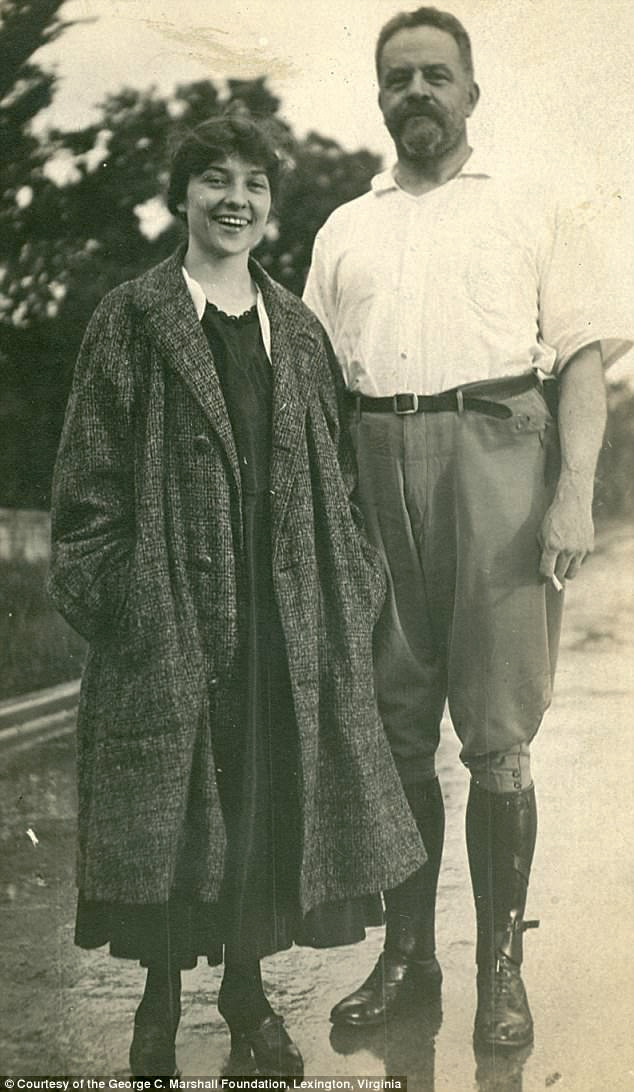
Riverbank Laboratories
Although Riverbank was originally established as an acoustical laboratory, Fabyan hired a small team (including Elizebeth in 1916) to decipher what he thought were codes within the works of Bacon and Shakespeare which proved Bacon to be the actual author. Spoiler Alert: His theory was disproved, and we can sleep easy knowing it was the Bard and not Sir Francis who wrote Macbeth and the other plays. It was clearly, much ado about nothing.
The cryptology team grew, and Riverbank became the only facility in the United States where encrypted messages were solved. One of the fifteen cryptanalysts working with Elizebeth was William F. Friedman (1891-1969) whom she married in 1917. Cryptanalysis was so new that Elizebeth said, “We ourselves had to be the learners, the workers, and the teachers all at one and the same time.” During World War I, the cryptologists at Riverbank deciphered encrypted codes and trained future decoders. By 1921, the Friedmans had left Riverbank and joined the United States War Department.
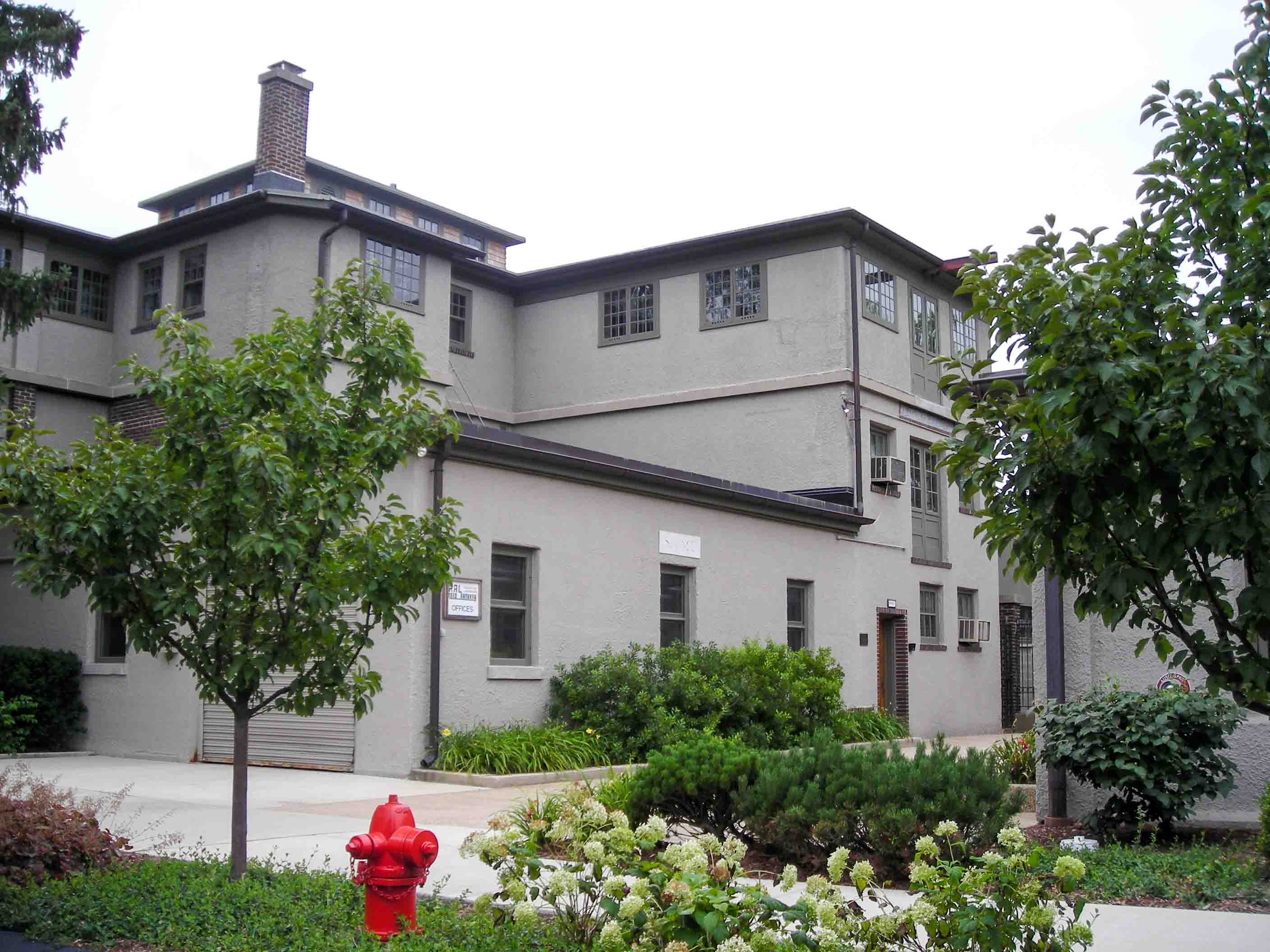
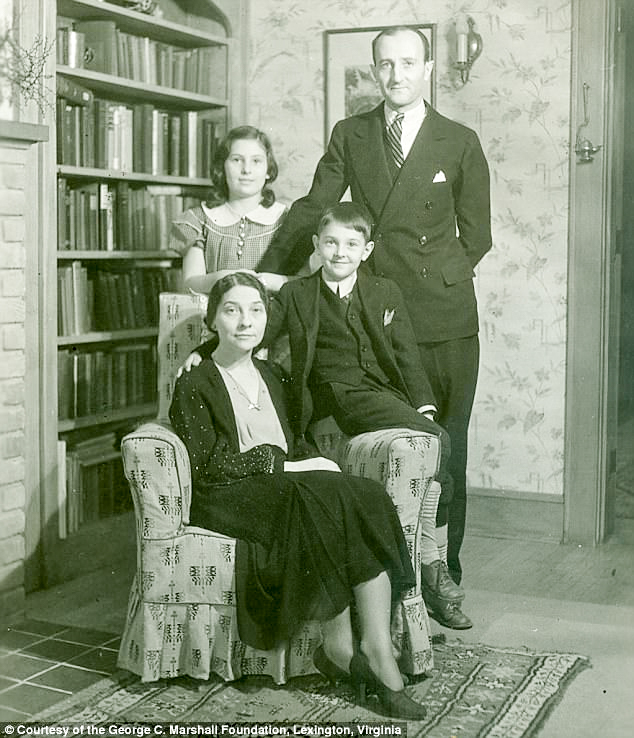
Prohibition
While the Friedmans worked side-by-side, they worked on different assignments and their respective accomplishments were not shared. The Volstade Act in 1919 prohibited the sale of liquor. Commonly known as the Prohibition Era (1920-1933), it was a period when criminal activity including bootlegging and smuggling increased. Radio technology was improving, and criminals used it for communicating their illegal activities through encrypted messages. Elizebeth and her team were hired by the U.S. Navy in 1923 and then by the U.S. Treasury Department to monitor illegal activities such as smuggling, drug-running, and bootlegging. Elizebeth’s work was directly responsible for bringing about the conviction of several notorious drug dealers including members of Al Capone’s gang. The Treasury Department worked closely with the U.S. Coast Guard, the Bureau of Narcotics, Internal Revenue Service, Bureau of Prohibition and Customs, and the Department of Justice.
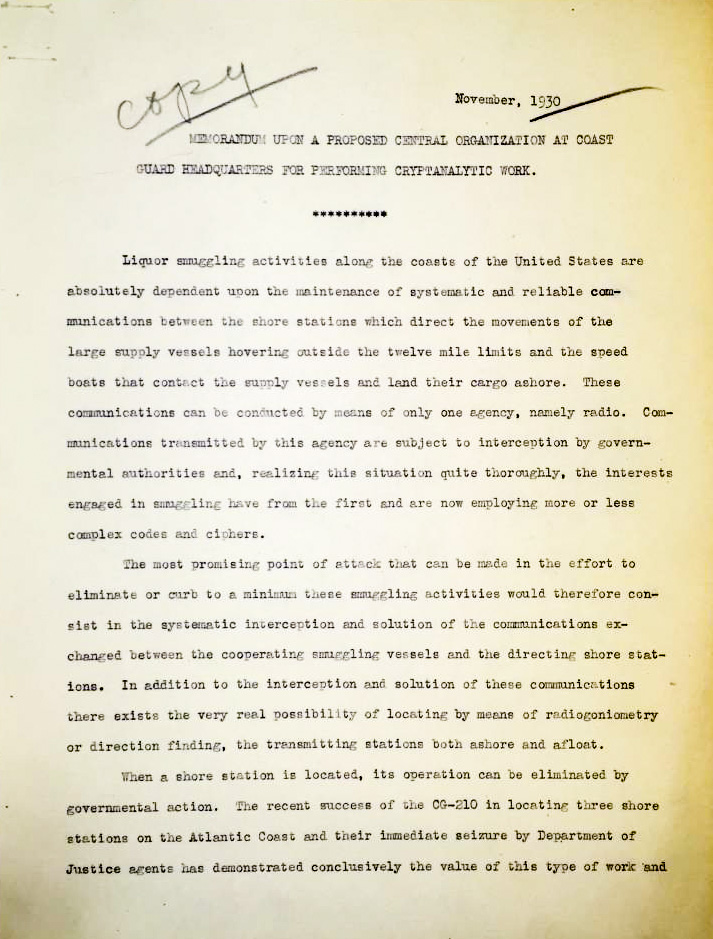
By 1931, Elizebeth had convinced Congress to permanently fund a seven-person cryptanalytic section. For the next eight years, Elizebeth was able to solve codes which resulted in the diffusion of an international crisis between Canada and the United States, the conviction of Chinese opium dealers, and the conviction of an American working as a spy for the Japanese (the “Doll Woman Case”) ⏤Elizebeth deciphered codes revealing the spy was sending detailed information about ship movements at Pearl Harbor. However, Elizebeth’s greatest contributions were on the horizon as World War II loomed.
Unit 387
Once World War II began, Elizebeth and her team were transferred to the Coast Guard and she created the Coast Guard Cryptanalytic Unit or, simply “Unit 387.” This unit was the equivalent and counterpart to England’s Bletchley Park section (most of the Bletchley Park cryptologists were women). While working separately, the two intelligence services traded results, and each solved the encryption of the Enigma machine around the same time.
Her first assignment was working for the Coordinator of Information, an intelligence service which was the forerunner to the Office of Strategic Services and in turn, the forerunner to the Central Intelligence Agency (CIA). Elizebeth also worked for the FBI as a Nazi spy hunter who specialized in breaking up Nazi espionage rings.
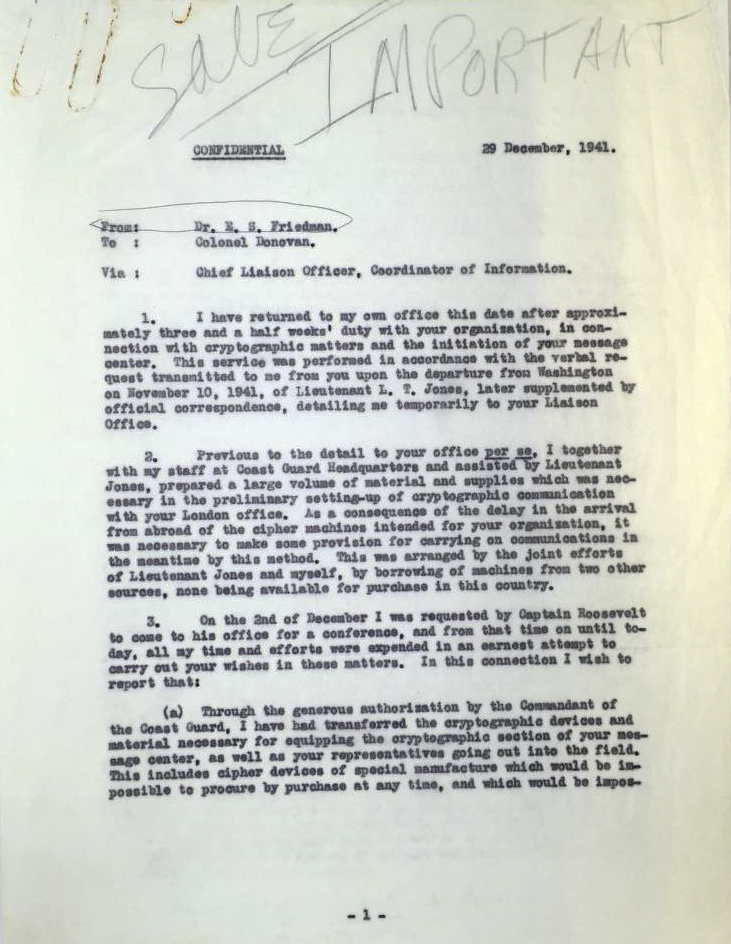
Unfortunately, Elizebeth’s pioneering cryptanalytic methods and resultant accomplishments were never publicized or acknowledged in the same way William’s were. After the war, J. Edgar Hoover never mentioned her, and he took all the credit for breaking the Nazi spy rings. When the Doll Woman case became public, Elizebeth’s roll in cracking the Japanese spy’s codes was never mentioned.
The CIA has since formally admitted they never adequately recognized Elizebeth’s accomplishments or used her skills in a meaningful manner after the war. The National Security Agency (NSA) commemorated the Friedmans by naming one of the NSA buildings after them during the agency’s fiftieth anniversary in 2002.
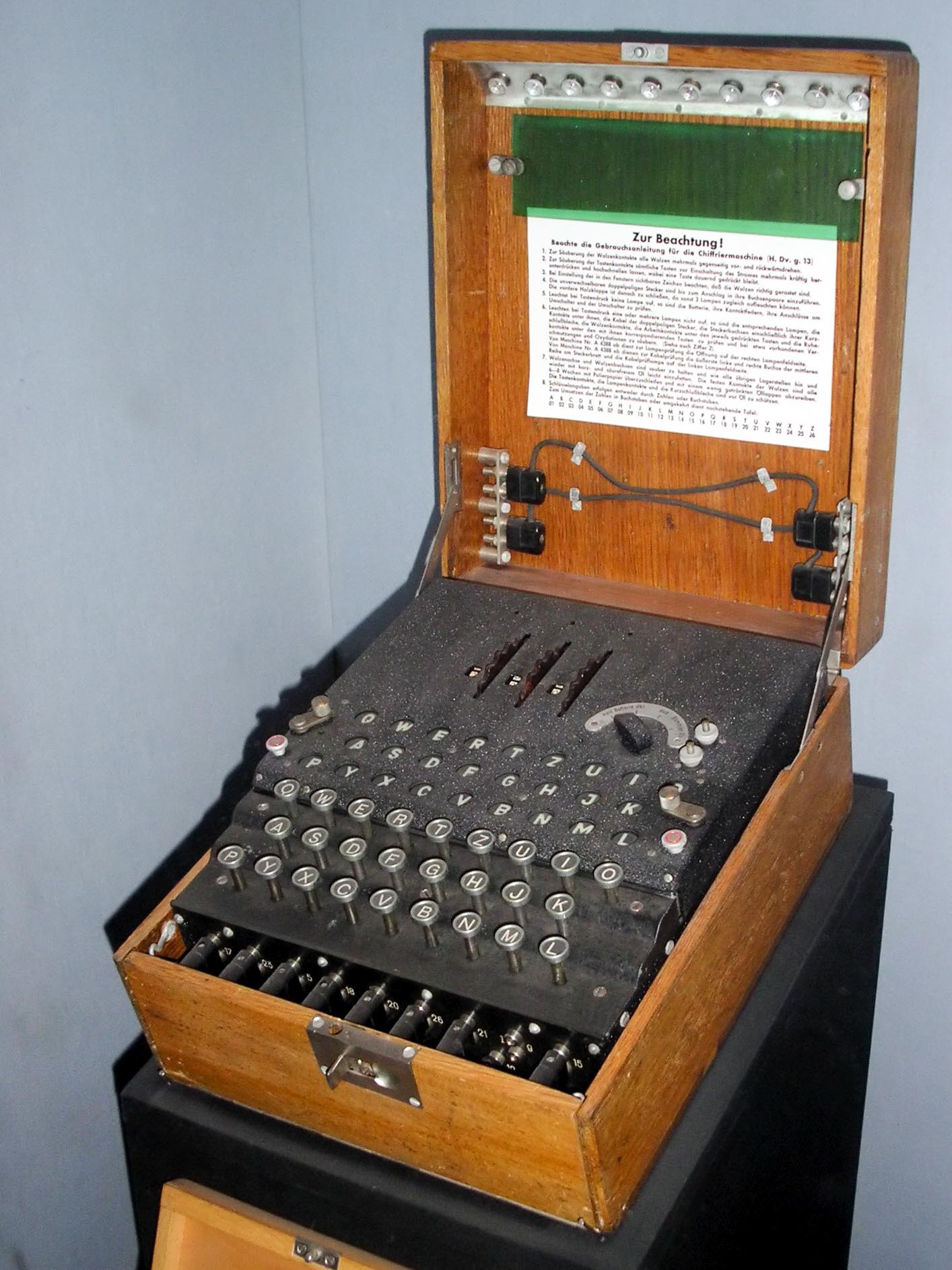
Post-War
Elizebeth’s husband shared her passion for Shakespeare and in retirement, they returned to the cryptanalysis theories surrounding Sir Francis and Shakespeare. Their award-winning book, The Shakespearean Ciphers Examined, was published in 1957. Back in the day when hosting formal dinner parties was common, the Friedmans would publish their dinner party menus in code. In order to receive their food, the guests were required to decode each course (who thought a cryptologist would have had a sense of humor?).
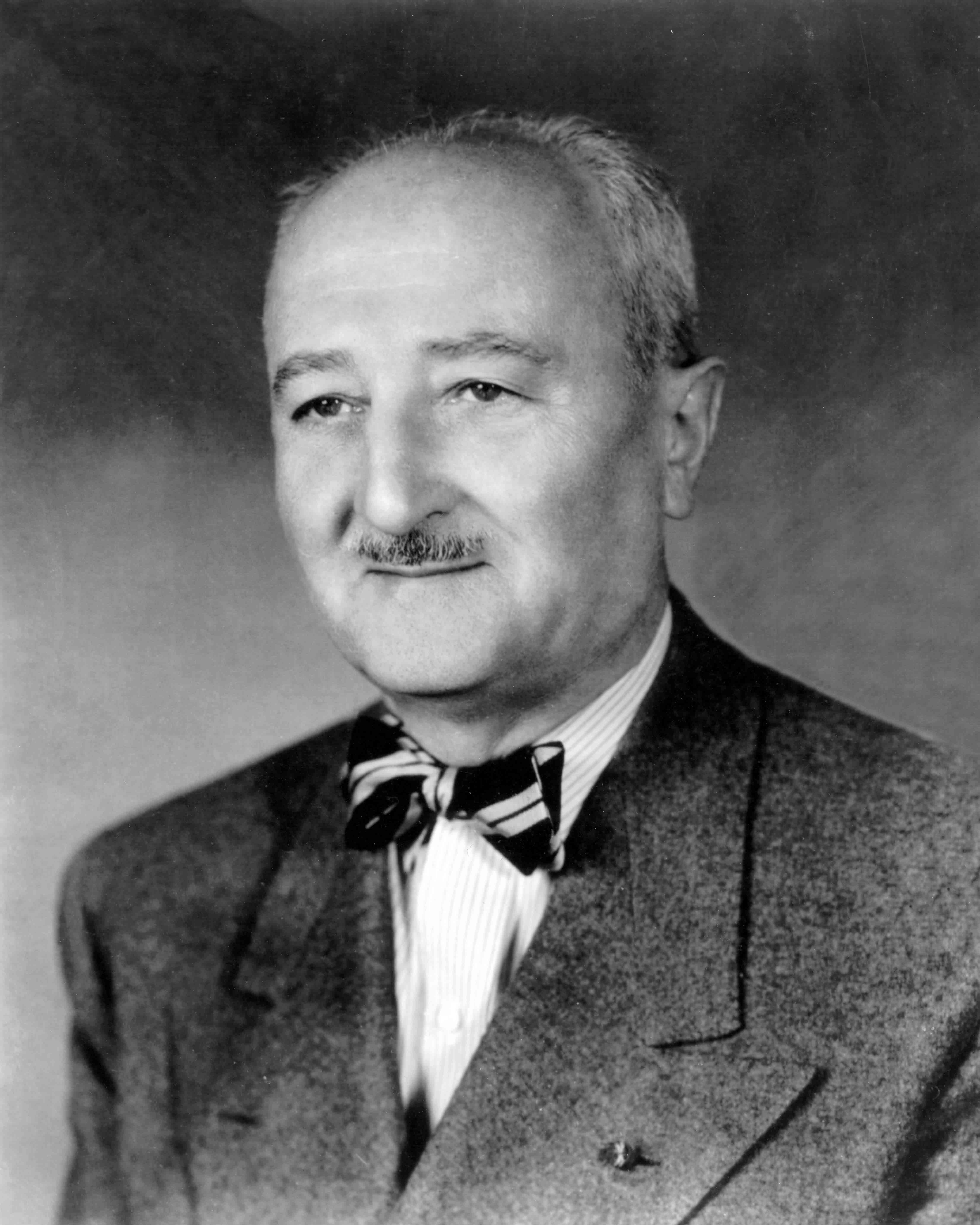
After William passed away in 1969, Elizebeth devoted her time to collecting, documenting, and compiling his work into a library (she never believed in promoting herself or her efforts). The collected works were donated to the George C. Marshall Research Library and are accessible today. Elizebeth died in 1980 and was buried with her husband in Arlington Cemetery. The gravestone is inscribed with a quote commonly attributed to Sir Francis: “KNOWLEDGE IS POWER.” I’ve read that this is a cipher because the fonts are all different and when decrypted, it reads “WFF” ⏤the initials of William F. Friedman (I have no idea if this is true ⏤ I couldn’t even pass calculus). So, I invite you to read this article and decipher this one for yourself: click here.
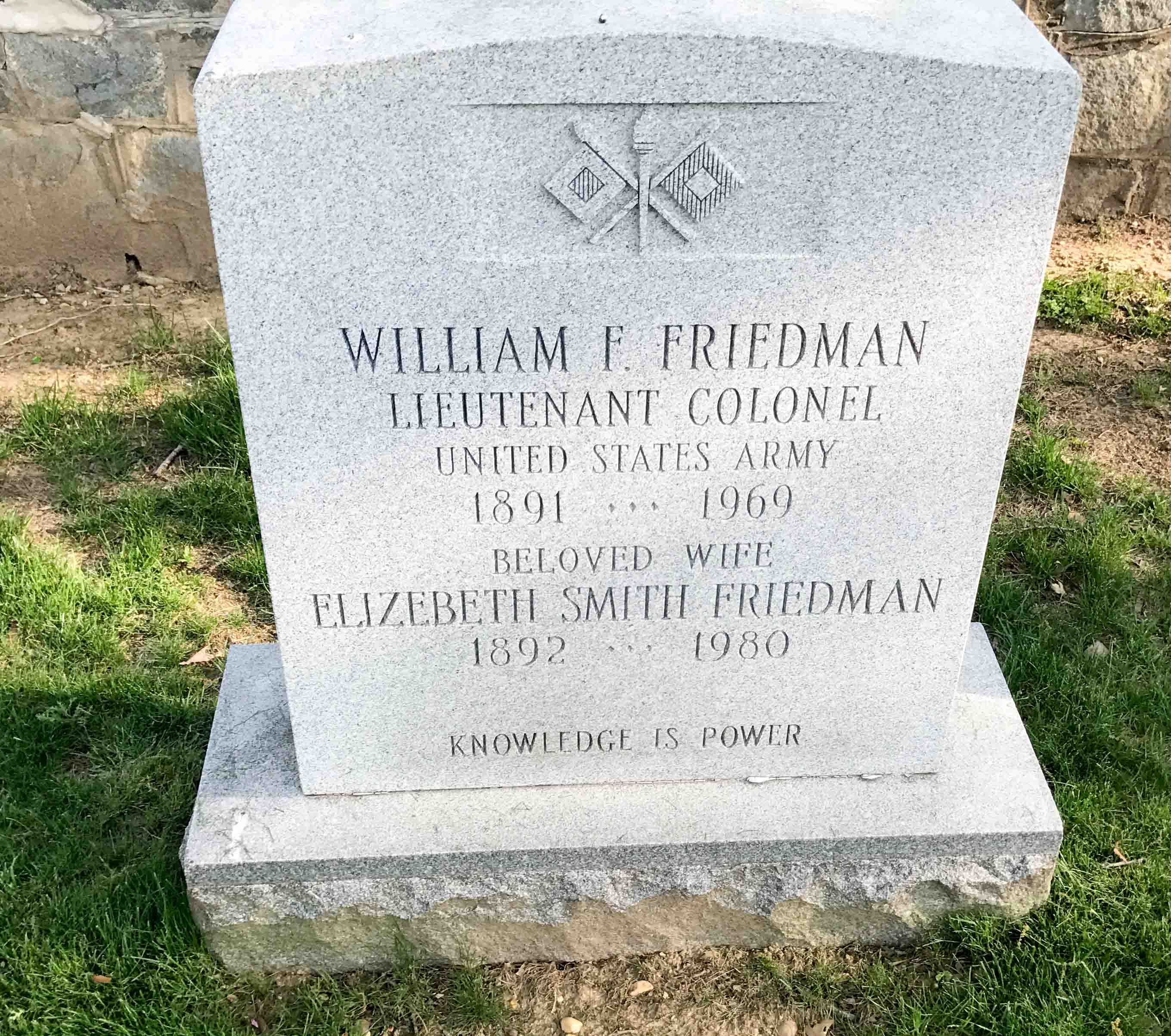
Pursue Truth ◆ Defend Liberty
Hillsdale College’s culture, philosophy, and mission are embodied in the slogan, “Pursue Truth ◆ Defend Liberty.” The college (technically, it’s a university) was founded in 1844 and immediately began to admit students, including blacks and women. It was the first college in the nation to admit blacks (its founders were abolitionists) and the second college to admit women. The school developed a reputation for being anti-slavery and it provided the highest percentage of Civil War recruits than any other educational institution. More than four hundred alumni fought for the Union; four won the Medal of Honor, three became generals, and sixty died.

Today, Hillsdale is one of only two colleges in America that takes no federal money. It operates strictly on tuition and donations. One of the college’s non-negotiables is that it would “resist, by all legal means, any encroachments on its independence.”
The college trains its students in a traditional liberal arts curriculum and prepares them for graduate study, professional schools, and modern life. It is a school that believes its students should be exposed to all points of view. They will invite speakers at both ends of whatever spectrum the topic might be.
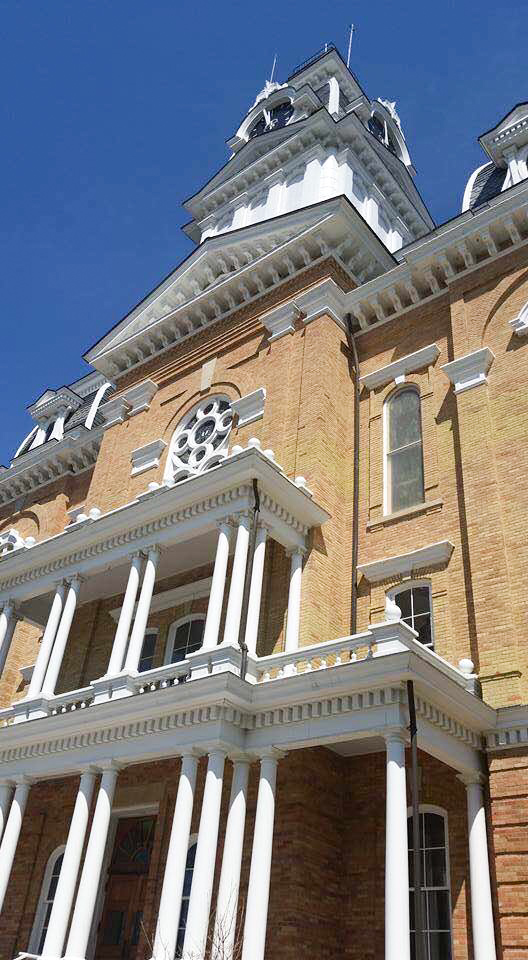
Standing across from Lincoln’s statue on the college’s Statue of Liberty Walk is the statue of Frederick Douglass, the well-known abolitionist. Douglass was a guest speaker at Hillsdale in 1863 and his topic was “Popular Error and Unpopular Truth.”
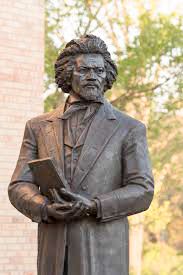
Elizebeth was granted an honorary Doctor of Laws at the 1932 Hillsdale commencement ceremony. Hillsdale College is an institute of higher learning and worthy of having someone like Elizebeth Smith Friedman as a distinguished alumnus. Although modest about her life accomplishments, I am convinced she would have agreed.
Recommended Reading and Viewing
Fagone, Jason. The Woman Who Smashed Codes: A True Story of Love, Spies, and the Unlikely Heroine Who Outfitted America’s Enemies. New York: Dey Street Books (HarperCollins), 2017.
Friedman, Elizebeth and William. The Shakespearean Ciphers Examined: An Analysis of Cryptographic Systems Used as Evidence That Some Other Than William Shakespeare Wrote the Plays Commonly Attributed to Him. Cambridge: Cambridge University Press, 1957.
Hillsdale College (Note: Elizebeth played Puck in the 1914 production of A Midsummer Night’s Dream at Hillsdale and performed in front of Central Hall.)
Hillsdale College. The Collegian. (Note: Elizebeth worked as an undergrad for The Collegian.)
Smith, G. Stuart. A Life in Code: Pioneer Cryptanalyst Elizebeth Smith Friedman. Jefferson, N.C.: McFarland & Company, Inc., 2017.
What’s New With Sandy and Stew?
Well, we’re into the middle of summer. It’s hot and relatively humid here in southwest Florida. We just move from one air-conditioned location to another. I’ve received an invitation to do two presentations in September at the Venice Public Library and so, my time is now spent getting ready for those.
Hope you all are having a great summer!
Someone Is Commenting On Our Blogs
I’d like to thank Penny P. for introducing us to Elizebeth. Penny is an alumnus of Hillsdale (1978) and discovered Elizebeth’s story about seven years ago. She has researched and written about Elizebeth because of Elizebeth’s amazing life as well as her activity as a Pi Beta Phi sister on the Hillsdale campus (albeit six decades earlier). Her assistance in contributing to this blog is greatly appreciated.
Also, a big thank you to Hillsdale alumnus, Michelle S. (2006), for suggesting I do a blog on her fellow Hillsdale College alumnus and Pi Phi sister from a century ago. She was responsible for introducing us to Penny.
If there is a topic you’d like to see a blog written about, please don’t hesitate to contact me. I love hearing from you so keep those comments coming.
Why Would You Want To Buy Our “Walks Through History” Books?
Simple.
You like to travel and experience history and historical events. You like to see original buildings that had a significant impact on the people and events of the history you’re engaged with. You want to know the stories behind the brick and mortar in front of you.
The walking tour books are meticulously researched so you can go directly to those sites and learn about the building’s history as well as an introduction to some of the more interesting people associated with it.
We Need Your Help
Please tell your friends about our blog site and encourage them to visit and subscribe. Sandy and I are trying to increase our audience and we need your help through your friends and social media followers.
Thank You
Sandy and I appreciate you visiting with us. We have some exciting things on the horizon and we’ll keep you updated as we go along.
Share This:
Follow Stew:
Find Stew’s books on Amazon and iBooks.
Please note that we do not and will not take compensation from individuals or companies mentioned or promoted in the blogs.
Copyright ©2019 Stew Ross

